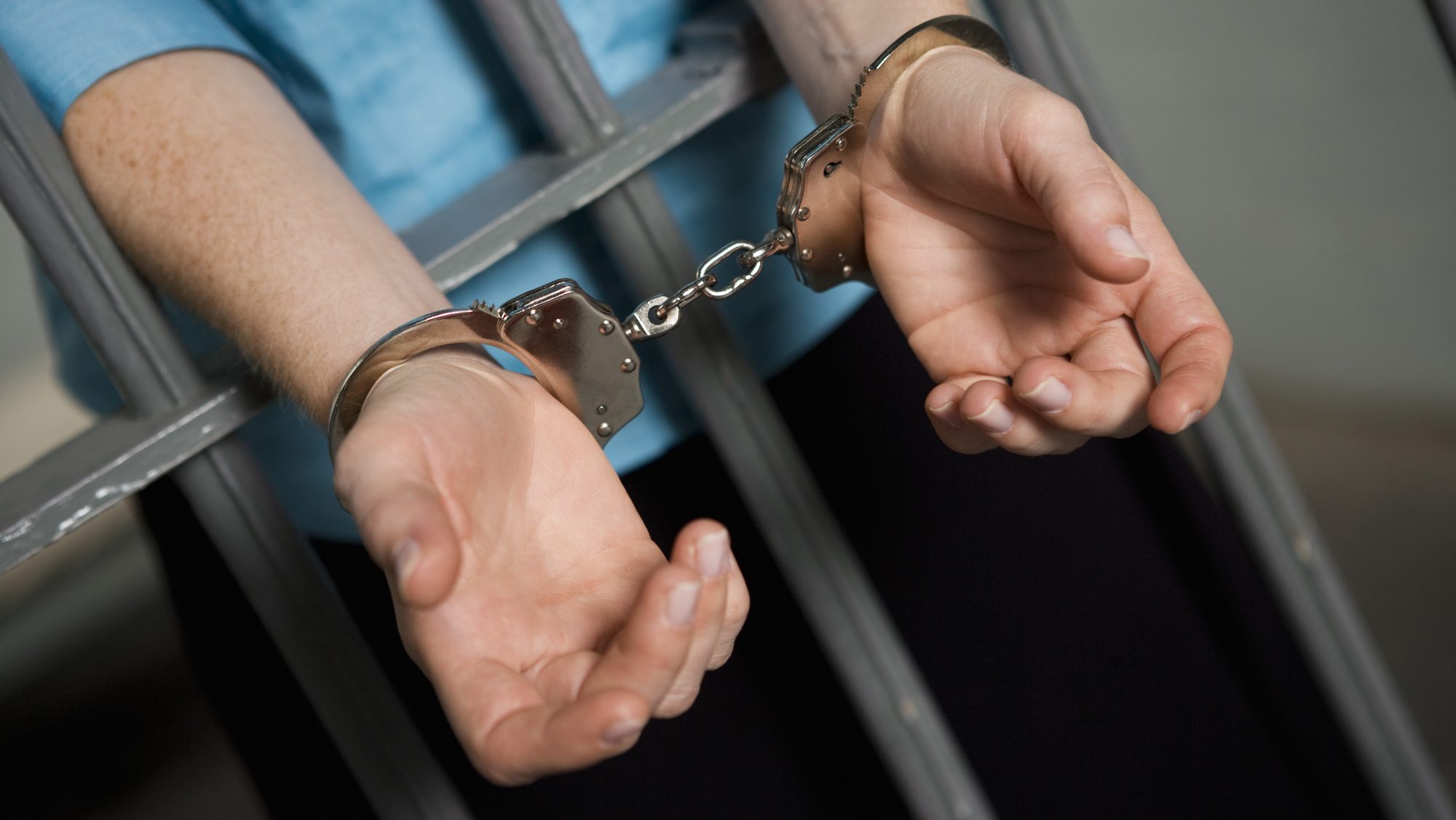SINGAPORE: In the dynamic realm of small business, the spectre of break-ins and thefts casts a long shadow over the aspirations and efforts of entrepreneurs and operators.
A recent survey by the U.S. Chamber of Commerce, as reported by the Associated Press, paints a grim picture: over half of small businesses in the retail sector in the US have been victims of shoplifting in the past year, underscoring that no industry is safe from this scourge.
Retail thefts in Singapore
Across the globe in Singapore, the issue of shoplifting has also seen a significant uptick.
Data from the Singapore Police Force (SPF), published by CNA, reveals that shoplifting has become the most prevalent form of physical crime, with a staggering 21.4 per cent increase from 2022 to 2023, reaching 3,939 cases.
The SPF has identified shoplifting as one of four crimes of concern, alongside theft in dwelling, molestation, and voyeurism.
Despite a decrease in other crimes, such as robbery, snatch theft and motor vehicle theft, the rise in shop thefts is attributed to the increased use of CCTVs, manpower challenges, and the expansion of retail space.
To combat this rising tide, the SPF has launched various initiatives to engage the public, including school talks, the Coffee with a Cop program, house visits, and crime prevention seminars.
As of Dec 31, 2023, 201 retail outlets have joined the Shop Theft Awareness for Retailers (STAR) program, collaborating with the police to assess and mitigate vulnerabilities to shop theft.
The first quarter of 2024 saw a continuation of this trend, with 977 shop theft cases reported, a 10.2 per cent increase from the previous year. A Watson spokesman noted a 30 per cent rise in shoplifting incidents in the first quarter of 2024 compared to the same period in 2023.
The rise in shoplifting has been dramatic, nearly doubling from 2,652 cases in 2021 to 3,939 in 2023, accounting for 19.7 per cent of reported physical crime cases in 2023.
Retail outlets such as department stores, supermarkets, pharmacies, and convenience stores are the most affected, with common targets including food and beverages, alcoholic drinks, personal care products, cosmetics, apparel, and accessories.
Employees at a clothing store in Ang Mo Kio shared with the Straits Times that incidents of shoplifting attempts are not isolated. A Watson spokesman highlighted that trendy products like skincare, makeup, and medication are frequent targets.
The experiences of Singaporeans further illustrate the impact of theft. A tourist visiting Maxwell Hawker Centre learned the hard way about the custom of reserving tables by leaving items on them.
After leaving groceries worth about $30 to hold a table while she ordered food, she returned to find her groceries gone, a common occurrence at hawker centres.
Simple strategies for SMEs
In response to these challenges, small business owners must adopt a multi-faceted approach. Immediate steps include notifying the police, taking inventory of losses, and filing an insurance claim with supporting documentation.
Enhancing security measures, such as upgrading systems, cameras, locks, and alarms, is crucial. Collaborating with neighbours and adjusting employee schedules to ensure constant presence during business hours can also deter theft.
Building strong relationships with the local community and neighbouring businesses is invaluable, as they can provide support and vigilance.
In the end, resilience, a robust security plan, and community support are the keys to safeguarding the dreams and livelihoods of small business owners against the threats of break-ins and thefts.
Featured image by Depositphotos

